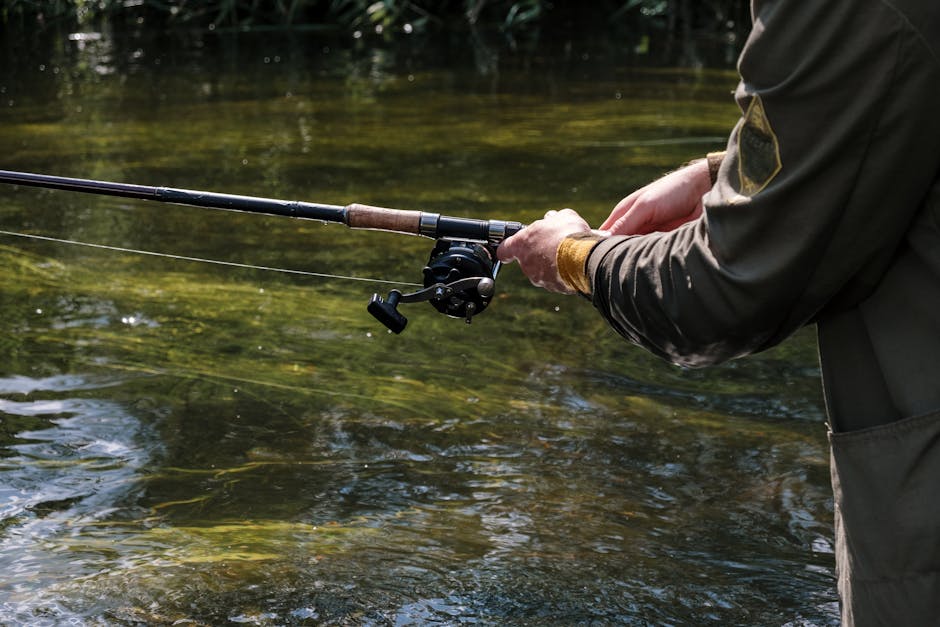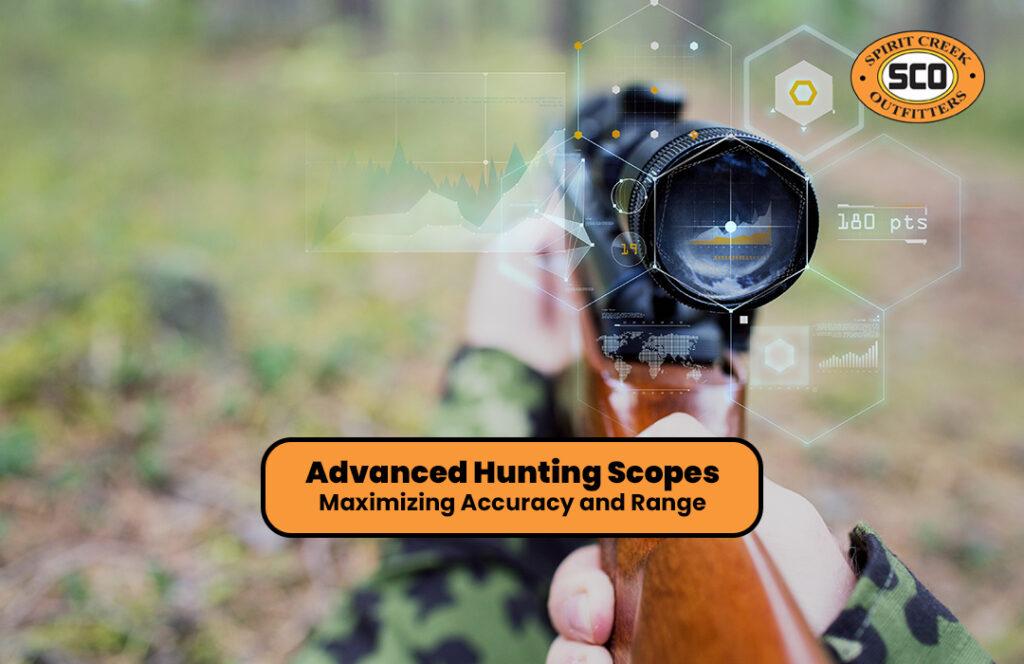Understanding advanced hunting scopes
Advanced hunting scopes are designed to enhance your accuracy and range when hunting. These scopes are equipped with features like illuminated reticles, variable magnification, and high-quality lenses to improve your shooting precision, especially in low-light conditions. Understanding the different types of reticles, magnification levels, and lens coatings can help you choose the right hunting scope to match your specific hunting needs. Adjusting the scope’s parallax, eye relief, and focus settings, as well as learning about windage and elevation adjustments, are key factors in maximizing the effectiveness of your advanced hunting scope.

Benefits of using advanced hunting scopes
Using advanced hunting scopes can significantly improve your accuracy and range while hunting. Here are some benefits to consider:
- Enhanced Accuracy: Advanced scopes offer precise aiming, allowing you to hit targets more accurately.
- Increased Range: These scopes can extend your shooting range, enabling you to take shots from a greater distance.
- Improved Visibility: Many advanced scopes feature superior light transmission, providing better visibility in low-light conditions.
- Versatility: Some scopes come with adjustable magnification levels, making them suitable for various hunting scenarios.
By incorporating an advanced hunting scope into your setup, you can elevate your hunting experience and increase your chances of a successful hunt.
Key features to look for in advanced hunting scopes
When selecting advanced hunting scopes, it’s crucial to prioritize key features that enhance accuracy and range. Consider the following important factors:
- Magnification: Look for scopes with adjustable magnification to zoom in and out to get a clear view of your target.
- Objective Lens Diameter: Opting for a larger objective lens in your scope means more light can enter, resulting in a brighter, clearer image. This feature is crucial for superior visual quality.
- Reticle Type: Consider scopes with reticles designed for hunting, such as duplex, BDC, or mil-dot reticles, which help with aiming and ranging.
- Adjustable Turrets: Search for rifle scopes that have detailed adjustment knobs for both wind direction and height, enabling you to make precise corrections for more accurate shooting.
- Durability: Opt for scopes made from high-quality materials that are water, fog, and shockproof to withstand harsh hunting conditions.
- Light Transmission: Check the scope’s coatings and glass quality to ensure maximum light transmission for a clear and bright image even in low light conditions.
These key features will help you choose an advanced hunting scope that can optimize your accuracy and range for a successful hunting experience.
Factors that affect accuracy and range
Different factors can significantly affect the accuracy and range of hunting scopes. Understanding these factors can help hunters optimize their equipment for better performance in the field. Here are some key factors to consider:
- Magnification: Higher magnification can improve accuracy at longer ranges, it simultaneously constricts the breadth of your visual scope, potentially complicating the rapid engagement of targets
- Lens Quality: High-quality lenses with better coatings can enhance image clarity and brightness, leading to improved accuracy, especially in low-light conditions.
- Reticle Type: The type of reticle used in a scope can affect accuracy, with options like duplex, mil-dot, and BDC reticles offering different advantages for various hunting situations.
- Adjustability: Scopes with easy-to-adjust windage and elevation turrets allow for precise compensation for bullet drop and windage, improving long-range accuracy.
Understanding and considering these factors when choosing and using a hunting scope can lead to better accuracy and range in the field.
Choosing the right magnification
When choosing a hunting scope, it’s important to consider the magnification that will best fit to your needs. Here’s what you should know about choosing the right magnification:
- Low magnification scopes are typically best for close-range shooting, such as hunting in densely wooded areas or shooting moving targets. They offer a wider field of view and are easier to acquire targets with.
- Medium magnification scopes are versatile and can be used for a variety of hunting scenarios. They provide a balance between close and long-range shooting, making them suitable for most hunting situations. ooting,Enabling you to clearly see and focus on faraway objects and improve accuracy. However, they may have a narrower field of view and can be heavier to carry.
Consider the type of hunting you’ll be doing and the typical range of your shots when selecting the magnification for your hunting scope.
Adjusting for environmental variables
To maximize accuracy and range while hunting, it’s crucial to adjust for environmental variables. Factors such as wind speed, humidity, and elevation can significantly impact your shot. To compensate for these variables, consider using scopes with adjustable turrets for windage and elevation. Additionally, choosing a reticle with built-in holdover marks can help you quickly adjust for changing conditions. Investing in a quality rangefinder can also assist in making precise adjustments for long-range shots.
Calibrating advanced hunting scopes for optimal performance
When calibrating advanced hunting scopes for optimal performance, it’s important to consider factors such as wind speed, elevation, and distance to the target. Properly adjusting the scope’s magnification and reticle can maximize accuracy and range. Make sure to zero the scope at the appropriate distance for your hunting environment and take into account any environmental variables, such as temperature and humidity, that may affect your shot. Additionally, choose the right type of reticle for your hunting style, whether it’s a traditional crosshair, bullet drop compensator, or mil-dot, to enhance your precision.
Tips for maximizing accuracy and range
To maximize accuracy and range with your hunting scope, it’s essential to calibrate it properly to your rifle. Consider these tips for better precision:
- Choose a high-quality scope with adequate magnification for your shooting needs.
- Ensure your scope is securely mounted to your rifle to maintain zero.
- Practice proper breathing and trigger control techniques to minimize movement while shooting.
- Make sure to clean and take care of your scope often, so that dirt or other small particles don’t interfere with how precise it is.
- Consider investing in a scope with adjustable parallax to improve long-range shooting performance.

